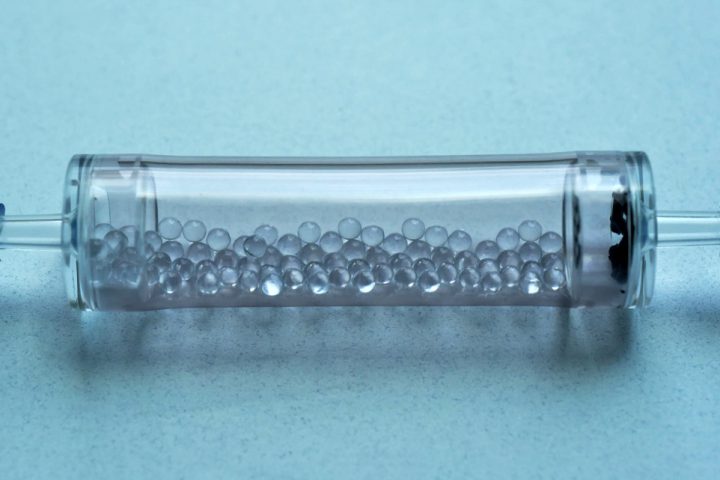Improving foodborne pathogen detection
FDA’s first open innovation competition helped detect Salmonella faster.

Problem
The US Food and Drug Administration (FDA) sought faster Salmonella detection methods to prevent foodborne illnesses, as detection had an average wait period of 24-48 hours. FDA was most interested in concepts that explored the acceleration or elimination of sample preparation and/or enrichment in the testing process, and/or those that employ novel or revolutionary techniques to achieve pathogen detection.
Context
The Centers for Disease Control and Prevention estimates foodborne illnesses sicken 1 in 6 Americans every year, leading to 3,000 deaths. Salmonella> bacteria cause over 1 million illnesses yearly, leading to $365 million in direct medical costs.
Solution
We designed and produced The 2014 FDA Food Safety Challenge, calling for cutting-edge techniques to speed up Salmonella detection in fresh produce. The challenge offered a $500k prize package, with five finalists receiving $20k and access to a field accelerator phase, which included a bootcamp at FDA.
The challenge drew 49 entries, finalists filed for 7 new patent applications based on their accelerator experience, and the winning solution had a 94% reduction in waiting time to detect Salmonella. FDA received a license to technology that reduced the waiting time of Salmonella detection to less than 3 hours. Gaining national press and social media attention, the challenge continues to serve as a model of what open innovation in government can look like.
“These breakthrough concepts will help ensure quicker detection of problems in our food supply and help to prevent foodborne illness…The competition is not a means to an end, but to building relationships moving forward. This is where it all begins.” —Palmer Orlandi, Senior Science Advisor, FDA
